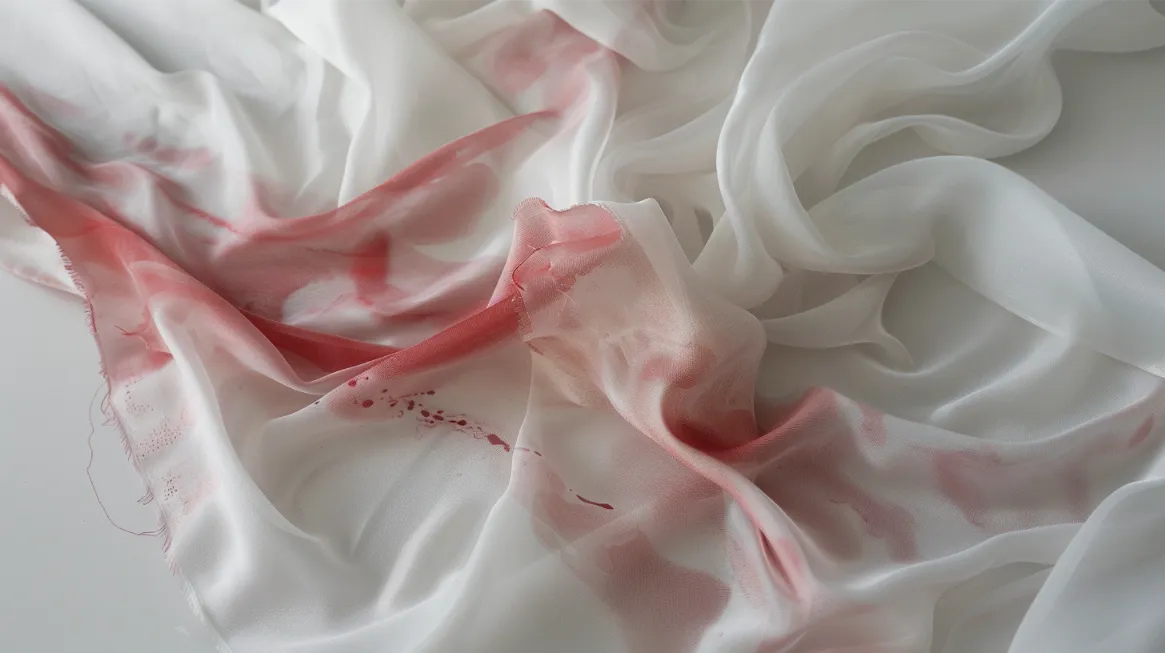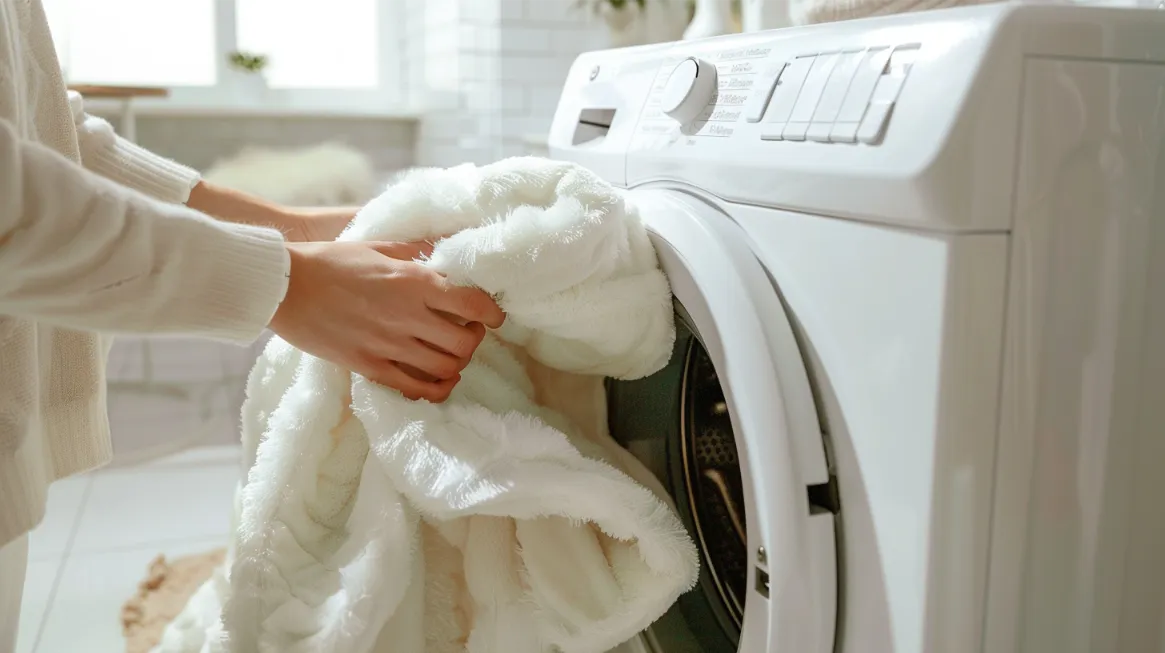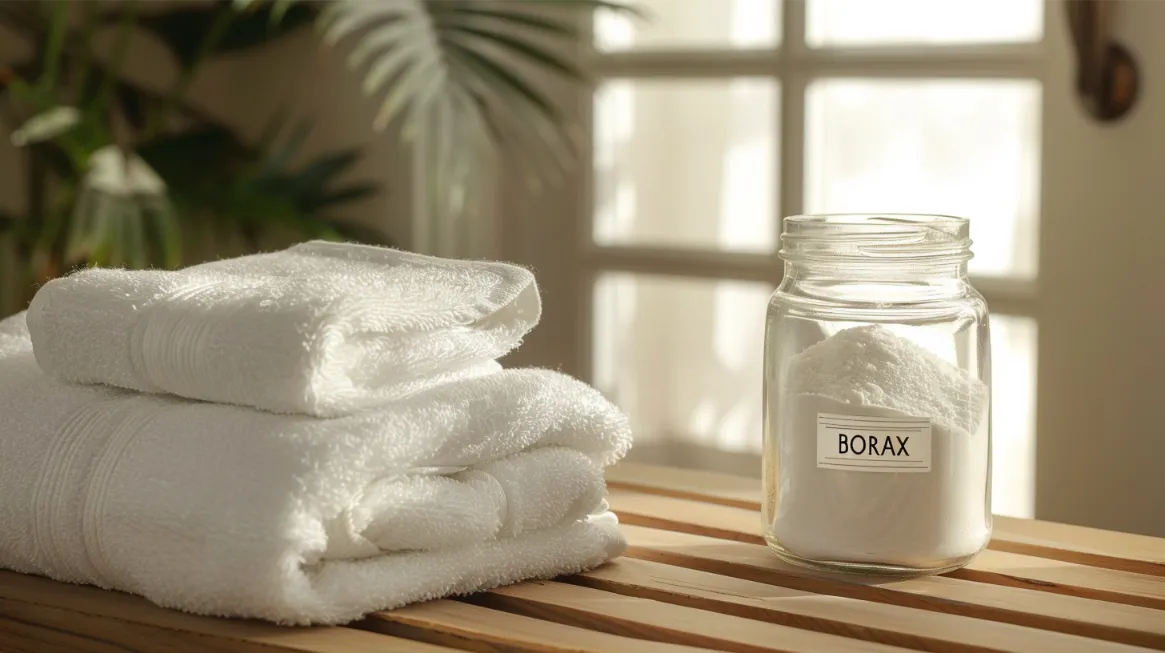Modal fabric has gained popularity in recent years due to its softness, breathability, and resistance to shrinkage.
When caring for this fabric, many people wonder if modal shrinks. In this comprehensive guide to modal fabric care, we will delve into the factors that can affect shrinkage in modal fabrics and provide expert tips on how to prevent it.
But that’s not all – we will also explore the benefits of blending modal with other fibers and share best practices for washing and drying modal garments.
So, to ensure your modal clothes retain their size and shape, keep reading to discover the secrets of modal fabric care.
Key Takeaways
- Modal fabric is resistant to shrinkage due to its unique composition and manufacturing process.
- Proper care techniques, such as washing cold water and avoiding high heat settings, can prevent the modal fabric from shrinking.
- Blending modal with other fabrics, especially rayon, enhances durability and shrink resistance.
- Promptly removing garments from the dryer and following recommended care instructions can prevent further shrinkage and maintain the quality of modal fabric garments.
Does Modal Shrink?
Modal fabric is known for its resistance to shrinkage, making it a preferred choice for maintaining the shape of garments. Unlike cotton, modal clothing is less prone to shrinking, a common concern for many consumers. Modal fabric’s ability to resist shrinkage is due to its unique composition and manufacturing process. Modal fibers are made from beech tree pulp, which undergoes a chemical treatment to create a soft, durable, and shrink-resistant fabric.
Blending modals with other fabrics further reduces shrinkage, with over 50% of modal blends being shrink-resistant. This makes it a popular choice for manufacturers and consumers alike. However, it is important to note that even though modal fabric shrinks less than other materials like rayon or cotton, it still requires proper care to maintain its size and shape.
To avoid shrinkage in 100% modal clothing, it is recommended to follow specific washing and drying techniques. Hand washing or using a gentle cycle on the washing machine with cold water and mild detergent can help preserve the fabric’s integrity. It is crucial to avoid using hot water or high heat settings in the dryer, as these can cause the fabric to shrink. Instead, hang drying or low heat settings are recommended to minimize shrinkage and maintain the garment’s original size and shape.
Modal Fabric Care Tips
To ensure the longevity and quality of your modal fabric garments, it is essential to follow proper care techniques. Modal fabric is known for its strength and durability, especially when wet. However, if not cared for properly, it can still experience shrinkage.
There are a few key steps to follow to avoid modal fabric shrinkage.
Firstly, when washing the modal fabric, it is recommended to use cold water. Hot water can cause the fabric to shrink, so cold water is the safer option. Additionally, it is important to avoid using harsh detergents and bleach, as these can weaken the fibers and lead to shrinkage.
When it comes to drying modal fabric, it is best to hang dry the garments or use a low heat setting in the dryer. High heat can cause the fabric to shrink, so it is important to be mindful of the temperature. Furthermore, promptly removing the modal fabric from the dryer once it is dry can prevent further shrinkage and help maintain its size and shape.
Preventing Modal Shrinkage
To minimize the risk of shrinkage in modal fabric, following proper care techniques and avoiding exposing the fabric to excessive heat is crucial. Modal fabric is known for its shrink resistance, but it is important to take precautions to maintain its original size and shape.
Here are three key tips to prevent shrinkage in modal fabric:
- Wash in cold water: When laundering modal fabric, always use cold water instead. Cold water helps to preserve the fabric’s structure and minimizes the risk of shrinkage.
- Avoid high heat settings during drying: Excessive heat can cause the modal fabric to shrink. It is advisable to hang dry modal garments or use low heat settings in the dryer. This gentle drying method will help retain the fabric’s original size.
- Consider blending the modal with other fabrics: Blending it with other fabrics, such as cotton or spandex, can further enhance its shrink resistance. Higher modal content in the fabric blend tends to increase its resistance to shrinkage.
Modal Fabric Blends and Shrinkage
Regarding modal fabric blends, the level of shrinkage can vary depending on the percentage of modals in the blend. Blends with over 50% modal are more shrink-resistant, while blends below 50% may experience some shrinkage.
To prevent shrinkage in modal fabric blends, following proper care instructions during washing and drying is important.
Shrinkage in Modal Blends
Blending modals with other fabrics can significantly reduce shrinkage in modal blends, making them more durable and resistant to changes in size. When modal is blended with rayon, it creates modal-rayon blends that emphasize durability and resistance to shrinkage.
The percentage of modal in a blend directly impacts its shrink resistance. Blends with over 50% modal content are typically shrink-resistant, while blends with less than 50% may experience some shrinkage. If you want a modal blend that is less likely to shrink, choosing blends with a higher modal percentage is advisable.
Preventing Modal Fabric Shrinkage
Modal fabric, although relatively strong, requires proper care in washing and drying to prevent shrinkage and maintain its size and shape. Blending modals with other fabrics can help reduce shrinkage, with modal-rayon blends offering increased durability and shrink resistance.
The modal percentage in a blend directly affects its shrink resistance, with blends containing over 50% modal typically being more shrink-resistant. However, blends below 50% modal may experience some shrinkage, underscoring the importance of the modal content in preventing shrinkage.
While modal fabric shrinks less than rayon or cotton, it still requires precautions to prevent shrinkage and preserve its characteristics. Therefore, following the recommended care instructions specific to the modal fabric blend is crucial to ensure longevity and maintain its desired size and shape.
Common Causes of Shrinkage
To understand the common causes of shrinkage in modal fabric blends, it is important to consider the factors that contribute to the change in size and shape of the fabric. Modal fabric blends offer better shrink resistance than pure modal garments but are not entirely immune to shrinkage.
Here are three key factors that can cause shrinkage in modal fabric blends:
- Modal-rayon blends: Blending modal with other fabrics, particularly with rayon, enhances the durability and shrink resistance of the fabric. Modal-rayon blends are known for their ability to withstand shrinkage.
- Modal content percentage: The percentage of modal in a blend directly affects its shrink resistance. Blends containing over 50% modal are generally more resistant to shrinkage.
- Care during washing and drying: While the modal fabric is relatively strong, it is not entirely shrink-resistant. Proper care, such as gentle cycles, cold water, and avoiding high heat drying, is essential to prevent shrinkage in modal garments.
Understanding these factors will help you maintain the size and shape of your modal fabric blends and prolong their lifespan.
Modal Shrinkage in Washing and Drying
When caring for modal fabric, it is important to employ proper washing and drying techniques to minimize potential shrinkage. While modal fabric is known for its resistance to shrinkage compared to cotton, it still requires proper care to maintain its size and shape. One of the key factors in preventing shrinkage is the blend of modal with other fabrics. Blending models with other fabrics can reduce shrinkage, with blends comprising over 50% more shrink-resistant.
When washing the modal fabric, it is recommended to use a gentle cycle with cold water. Avoid using harsh detergents or bleach, as they can damage the fabric and lead to shrinkage. Additionally, it is best to wash modal fabric separately or with similar colors to prevent color bleeding.
In terms of drying modal fabric, avoiding high heat settings in the dryer is advisable. Instead, opt for low heat or air drying. To minimize shrinkage further, consider removing the fabric from the dryer while slightly damp and allowing it to air dry completely.
Avoiding Shrinkage: Best Practices
To avoid shrinkage in modal fabric, it is important to consider the washing temperature and drying methods. Washing modal fabric in cold water can help prevent shrinkage, as high temperatures can cause the fibers to contract.
Additionally, opting for hang drying or using low heat settings in the dryer can minimize the risk of shrinkage, as excessive heat can similarly affect the fabric.
Washing Temperature and Shrinkage
Using cold water when washing modal fabric is recommended to minimize shrinkage and maintain its shape. Here are three key reasons why washing the modal fabric in cold water is beneficial:
- Cold water prevents shrinkage: Hot water can cause the modal fabric to shrink more than cold water. Using cold water reduces the risk of shrinkage and ensures that your modal garments retain their original size and fit.
- Modal fabric is less likely to shrink: Compared to other fibers like cotton, modal fabric has a lower tendency to shrink. However, washing modal garments in cold water is still advisable to minimize shrinkage.
- Retains shape better: Washing modal fabric in cooler temperatures helps it retain its shape better. Cold water preserves the elasticity and structure of the fabric, keeping it looking good for longer.
Drying Methods and Shrinkage
For optimal care and to prevent shrinkage, it is recommended to utilize proper drying methods when handling modal fabric. Hang drying is the preferred method for drying modal garments. This natural drying method helps to maintain the fabric’s shape and minimize shrinkage.
Tumble drying should be avoided, as it can further shrink the fabric, especially after the first wash, when the modal can shrink up to 5%. Iron modal gently with a warm setting to ensure durability and preserve the fabric’s wrinkle-resistant properties.
Additionally, proper storage techniques, such as folding underwear and hanging dresses, can help prevent wrinkling and maintain the quality of modal garments. By following these best practices, you can prolong the lifespan of your modal fabric and enjoy its numerous benefits.
Frequently Asked Questions
Does Modal Shrink in the Wash?
Modal fabric can shrink in the wash, but its shrink resistance compared to other fabrics makes it less prone to shrinking. Proper care, such as avoiding high heat and tumble drying, can help minimize shrinkage and maintain its original form.
What Is the Downside of Modal Fabric?
The downside of modal fabric is its tendency to shrink up to 5% after the first wash. This can be avoided by following specific care instructions, such as avoiding high-heat drying and improper ironing techniques.
Does Modal Stretch When You Wear It?
Yes, the modal fabric does stretch when worn. Its natural fiber composition makes it flexible and comfortable, allowing it to adapt to the body’s movements. This stretch is retained even after multiple washes, making it ideal for garments that require movement.
Is Modal Fabric Tight?
Modal fabric is known for its tight weave and strong fibers, which help it maintain its shape over time. Modal is less likely to shrink significantly with proper care than other fabrics, making it an excellent choice for garments that need to retain their size and shape.










